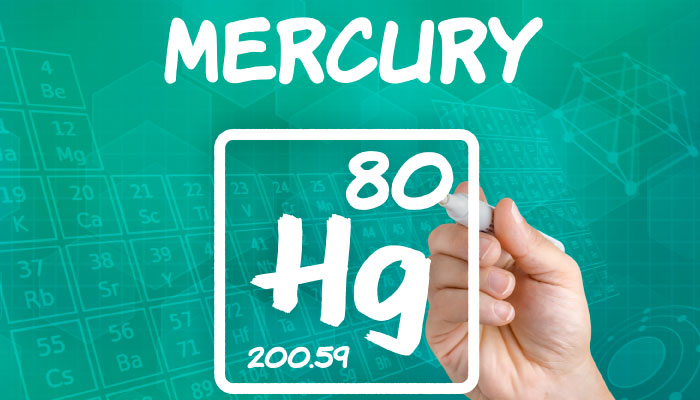Plastic, for many, is the biggest symbol of the artificial world we live in. Plastics are near indestructible and  incredibly effective and valuable, and a substantial proportion of our lives are shaped by plastics. It is the containers from which we eat our food, important parts of the vehicles we use to travel, and the cornerstone of our electronic and communication systems, making life incredibly hard without them. However, plastics are not yet completely understood – and this often leads to them failing in some sense or the other. Plastics getting bent, breaking, becoming deformed and melting, are just some instances in which plastics fail. ‘Creep Rupture’ is an important yet less understood plastic failure mechanism.
incredibly effective and valuable, and a substantial proportion of our lives are shaped by plastics. It is the containers from which we eat our food, important parts of the vehicles we use to travel, and the cornerstone of our electronic and communication systems, making life incredibly hard without them. However, plastics are not yet completely understood – and this often leads to them failing in some sense or the other. Plastics getting bent, breaking, becoming deformed and melting, are just some instances in which plastics fail. ‘Creep Rupture’ is an important yet less understood plastic failure mechanism.
Creep rupture happens when plastic parts or pieces are exposed to continuous stress over an extended period of time. Thus, plastic structural components, hydrostatic pressure vessels, and joints and interference fittings are all plastic structures that are subject to continuous pressure. Creep rupture happens so often because people are not aware of the effect of time on polymeric materials, especially during the point at which the plastics are at the design stage. The process of designing and actually manufacturing plastic materials is very different and more complex than the manufacture of other materials.
When plastics are placed under constant stress, they begin to show Viscoelastic properties. A viscoelastic substance is one that shows viscosity and elasticity when put under pressure. Due to the polymer nature of the plastic, the reaction and stability of the particulate structure of plastics to stress is different and somewhat unique to them – under pressure, they deform because the structure chains move against each other; but if the stress is below a threshold and does not break the structure, the plastic will snap back into the original position. However, when this happens over a long period of time, the reaction of plastics is different. They tend to become deformed and creep rupture tends to happen over time.
Knowing more about the plastics that are integral parts of your product can go a long way in ensuring that they are safer and better prepared in the design in manufacture stage. You can avoid issues related to creep rupture and deformation, and the best way to know about how to achieve this is through expert advice. Join expert speaker Jeffrey A. Jansen in this webinar on creep behavior of plastics while he gives essential learning about plastic creep deformation in this informative event.




